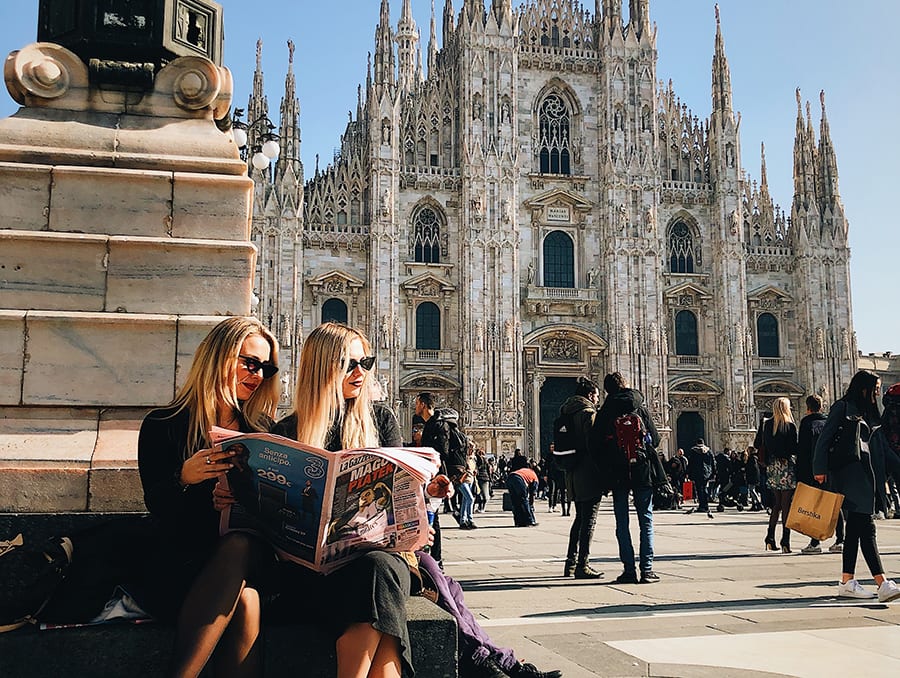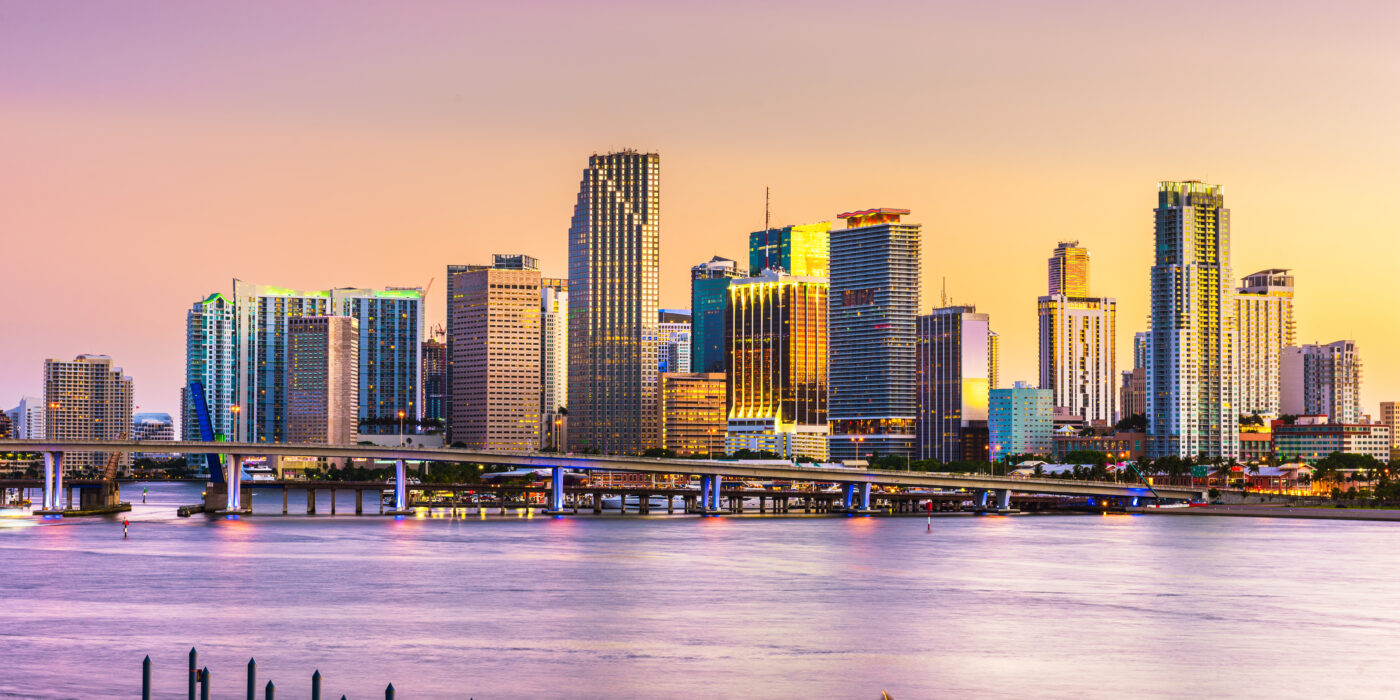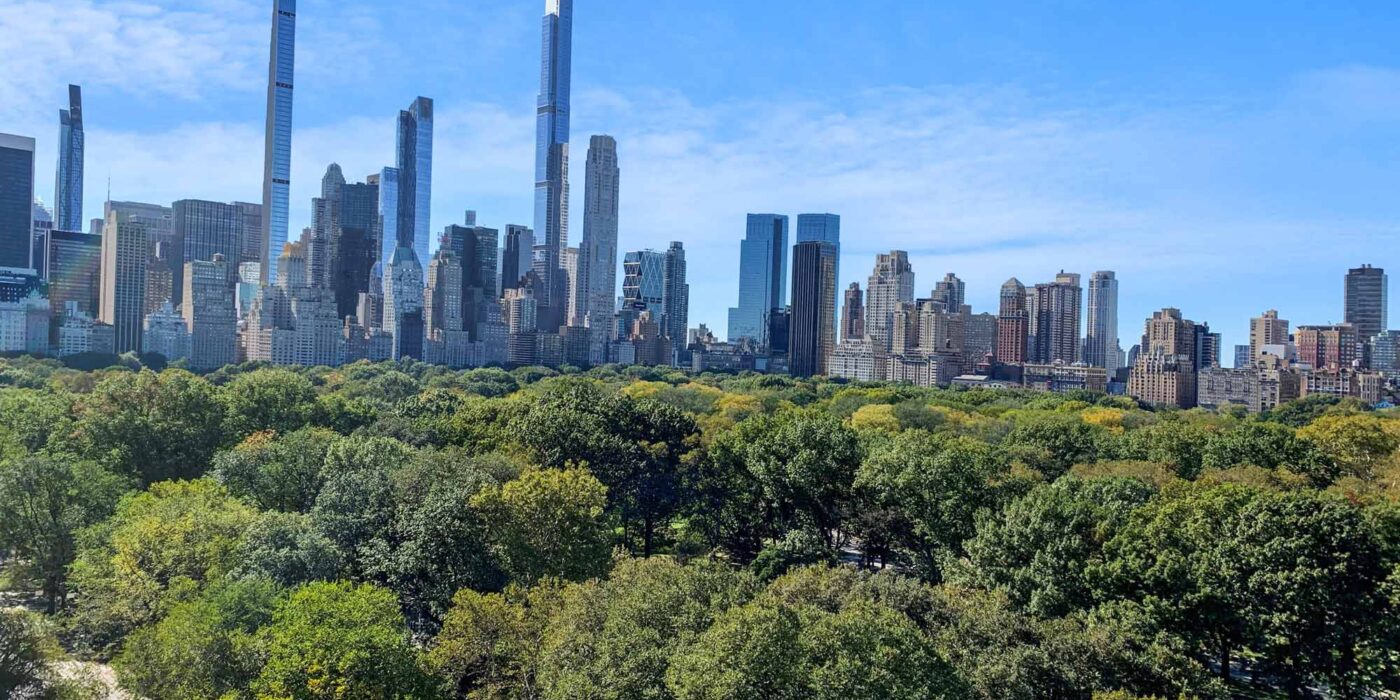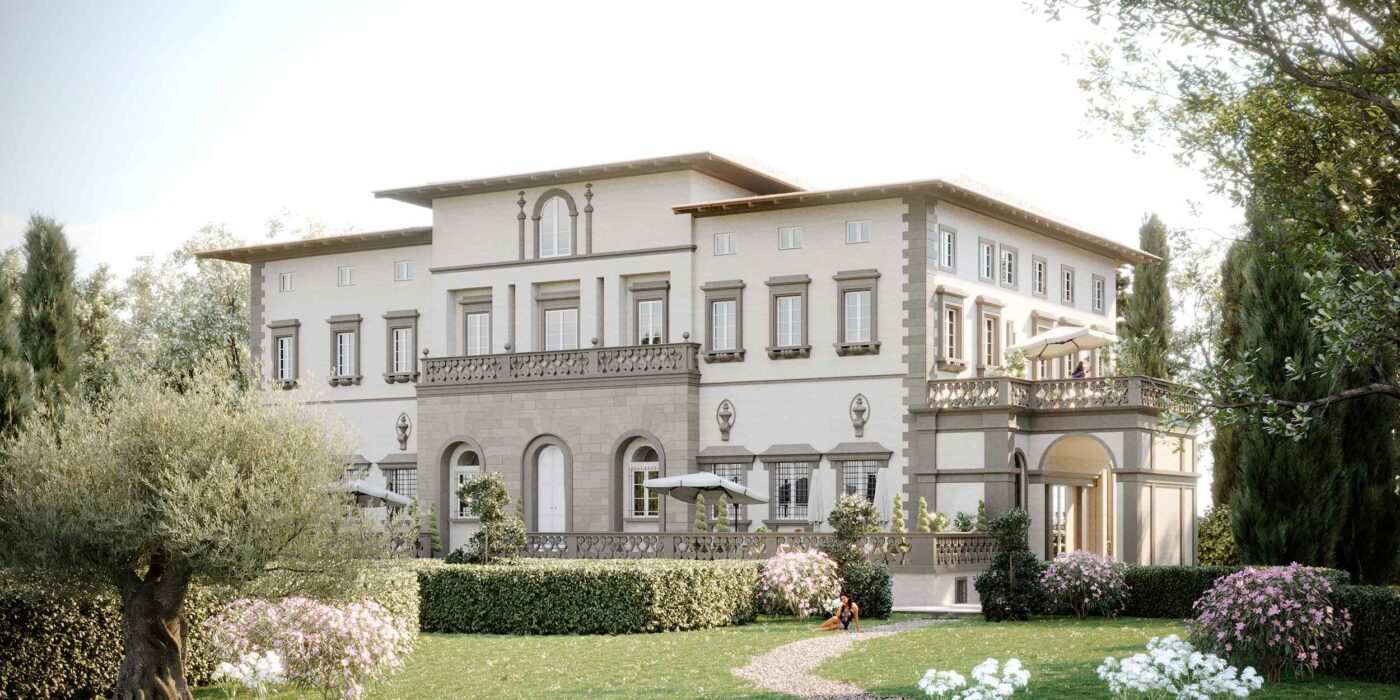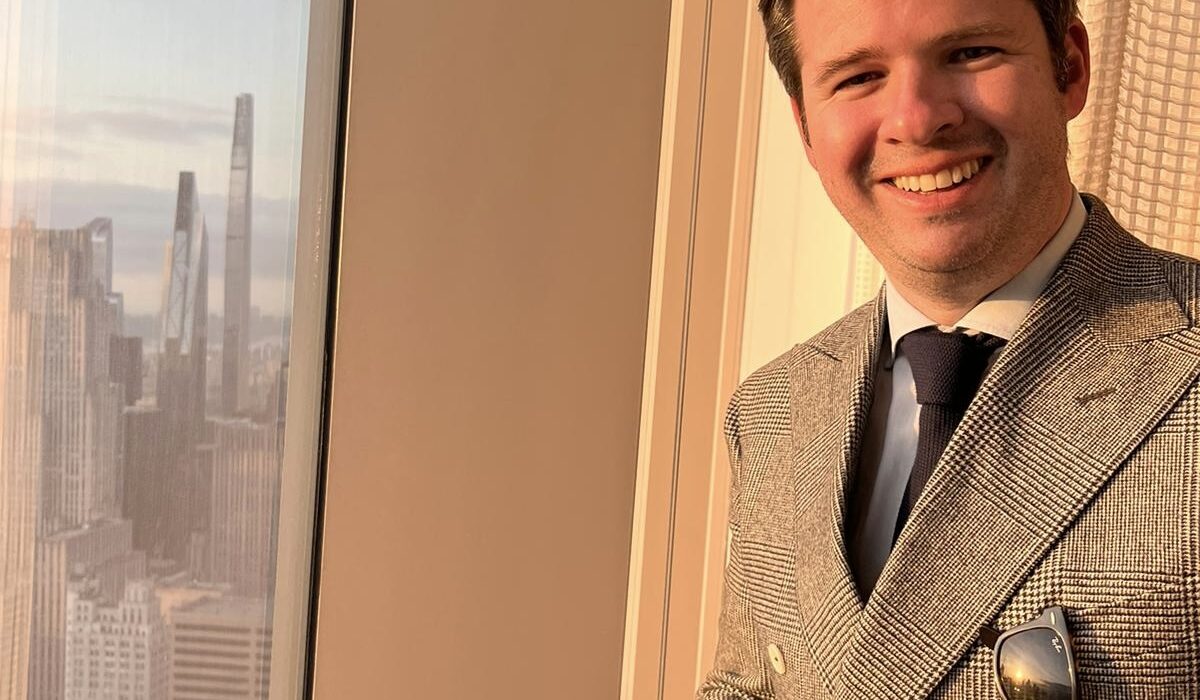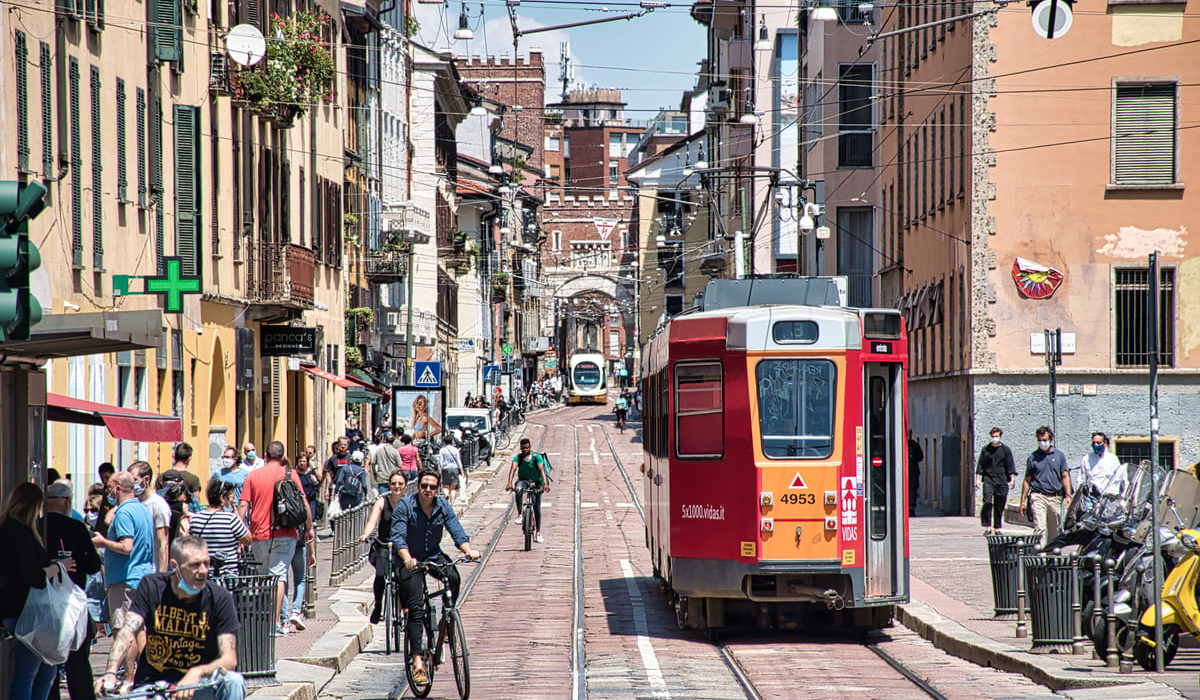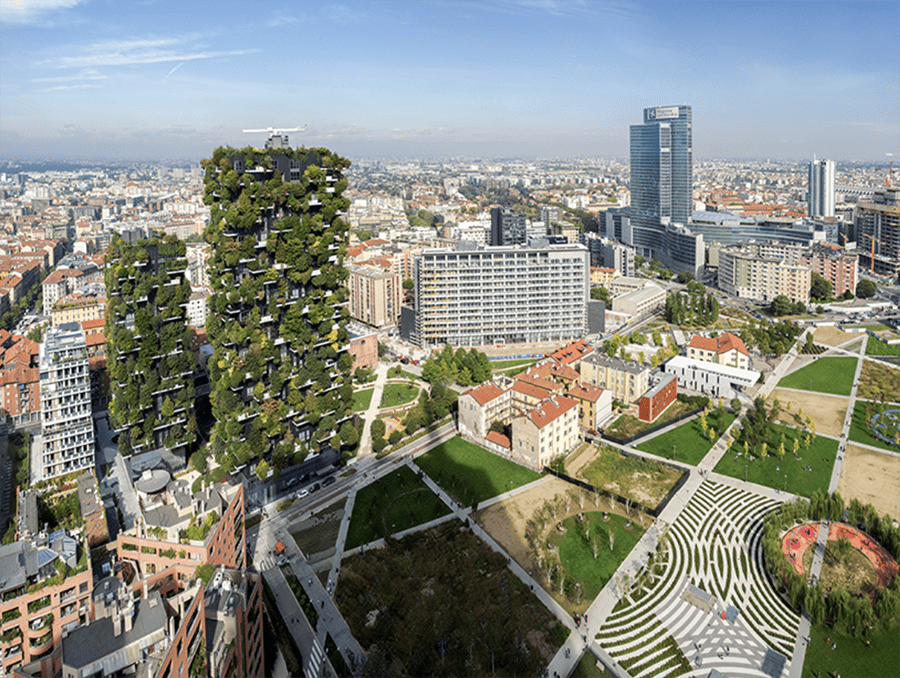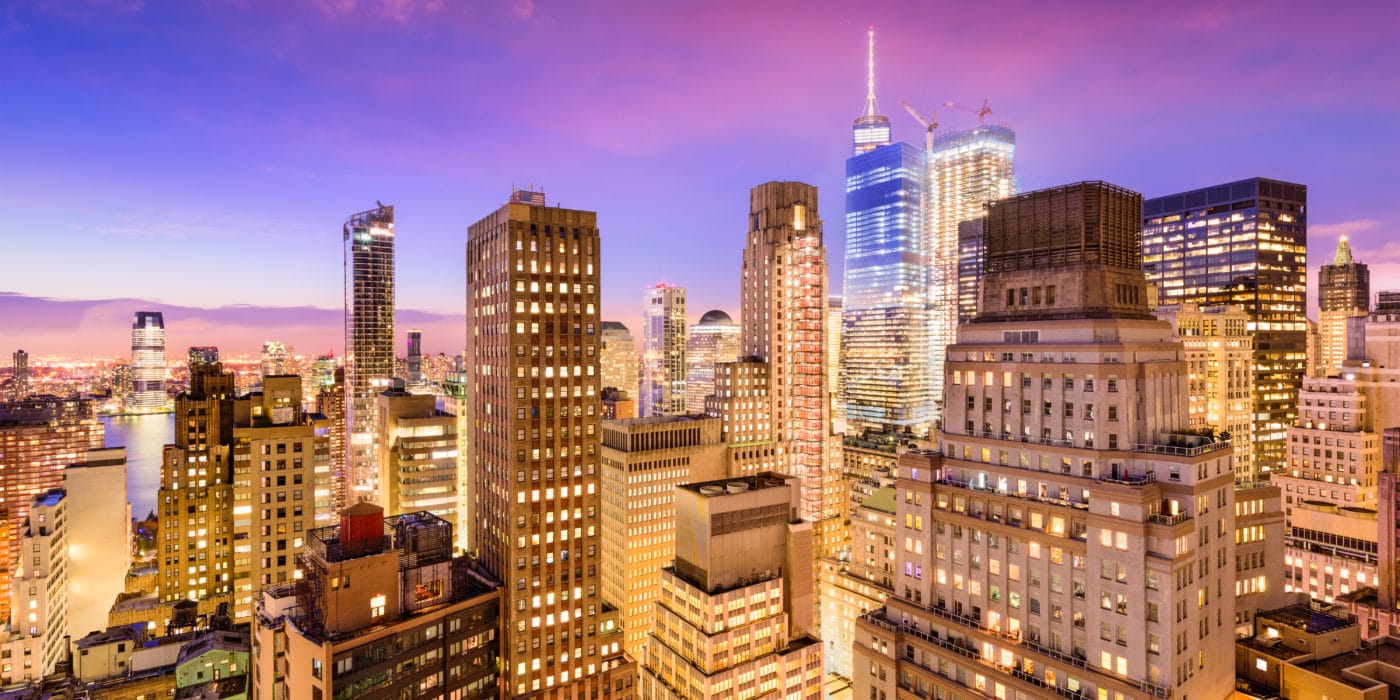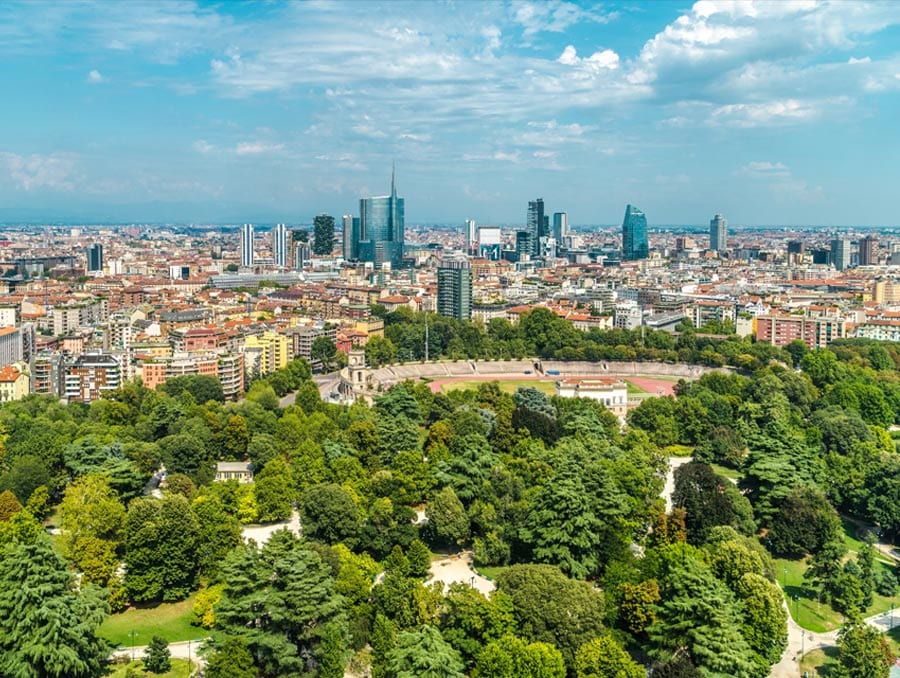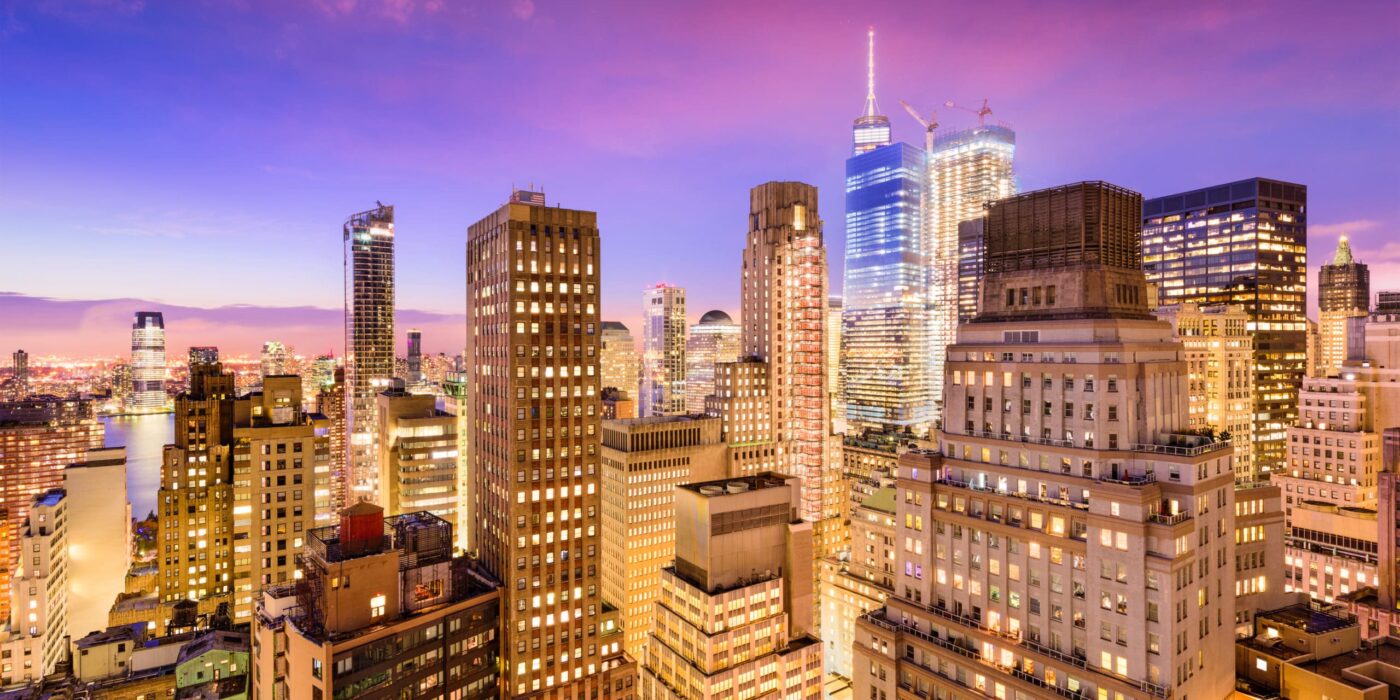The New York City real estate market began 2025 with strong momentum, as the median sale price across the city rose 10% year-over-year to $768,000 in the first quarter. This price growth coincided with a 10% increase in transaction volume, with 7,154 sales of condos, co-ops, and single-family homes recorded between January and March 2025, according to Property Shark’s latest market report.
Hudson Yards Remains King Despite Price Drop
Hudson Yards maintained its position as NYC’s most expensive neighborhood with a median sale price of $5.36 million, despite an 11% year-over-year decrease. The neighborhood also recorded the second-sharpest increase in sales activity among NYC’s 50 most expensive areas, with transactions surging 160% compared to Q1 2024. However, this impressive percentage actually translated to just eight additional transactions compared to the previous year.
Little Italy Resurfaces At #2
After a three-quarter absence from the top rankings due to low sales activity, Little Italy claimed the #2 spot with a median sale price of $4.59 million. Six of the seven condos sold in this neighborhood during Q1 were pricey NoLiTa units, including a nearly 3,700-square-foot unit at The Residences at Prince that sold for $8 million and a nearly 3,200-square-foot unit at the Puck Building that traded for $7.85 million.
SoHo and TriBeCa Round Out Top 4
SoHo followed at #3 with a median sale price of $3.85 million, representing a 9% year-over-year increase, while TriBeCa landed at #4 with a median of $3.3 million. Both neighborhoods saw increased transaction activity, with sales growing 25% and 23% year-over-year, respectively.
Hudson Square Makes Dramatic Rise
Hudson Square rose to the #5 position with a $2.6 million median sale price, representing a dramatic 61% year-over-year price increase — one of the sharpest among NYC’s top 50 neighborhoods. This million-dollar price jump was influenced by a shift in property types sold, with only one co-op sale (worth $1.27 million) among the neighborhood’s 13 transactions in Q1 2025, compared to four out of seven sales being co-op units last year.
Hudson Square also experienced one of the sharpest increases in sales activity, with an 86% year-over-year jump — though this translated to just six additional transactions, two of which were signed at the exclusive Spice Warehouse at 481 Washington St.
Brooklyn Claims Three Spots in Top 10
Brooklyn secured three positions in the top 10, with Cobble Hill at #6 ($1.91 million, up 22% year-over-year), DUMBO at #7 ($1.88 million, up 7%), and Boerum Hill at #9 ($1.7 million). While Cobble Hill and Boerum Hill saw increased transaction activity (up 12% and 15% year-over-year respectively), DUMBO experienced a more than one-third decline in sales volume.
Manhattan’s West Village and Theatre District-Times Square area rounded out the top 10 at #8 and #10 with median sale prices of $1.77 million (up 36% year-over-year) and $1.67 million (up 37%), respectively.
Notable Absences From The Top 10
Several traditionally high-ranking neighborhoods fell out of the top 10 due to significant price decreases. Carroll Gardens, which ranked #4 in Q1 2024 with a $2.79 million median, saw its median sale price halved to $1.38 million as the average size of homes sold decreased by more than 600 square feet compared to the previous year.
The Flatiron District and Chelsea also dropped from their year-ago #5 and #6 positions to tie at #19 with a $1.38 million median sale price. Both neighborhoods experienced price declines exceeding 30% due to changing property mixes — more co-op sales in Flatiron and smaller units in Chelsea compared to early 2024.
Similarly, Battery Park City (#43) and Central Midtown (#32) fell in the rankings as their median prices were cut by nearly one-third, with Battery Park City dropping below the $1 million threshold.
Brooklyn Edges Out Manhattan In Neighborhood Count
Brooklyn placed 22 neighborhoods among NYC’s 50 most expensive in Q1 2025, slightly surpassing Manhattan’s 20 neighborhoods. This represents the second consecutive quarter that Brooklyn has outranked Manhattan in this metric, after first achieving this milestone in Q3 2024.
Brooklyn was home to three of the sharpest price increases among the city’s most expensive neighborhoods. Madison experienced a staggering 145% price surge, jumping from #104 in Q1 2024 to #25 currently, with its median sale price rising from $510,000 to $1.25 million. This dramatic increase resulted from a significant shift in property types sold — 11 of the 15 transactions were houses and only one was a co-op, whereas co-ops accounted for nearly half of all Madison sales in Q1 2024.
Mill Basin recorded the second-sharpest increase among NYC’s most expensive neighborhoods with a 62% year-over-year jump to $1.43 million. Similarly, Bedford-Stuyvesant saw a 38% price increase, driven by higher-priced condo sales.
Queens Just Misses Top 10
Queens nearly secured a top 10 position with Malba’s $1.55 million median sale price, just $115,000 short of the Theatre District-Times Square area at #10. Queens contributed 11 neighborhoods to the top 50 list, with Neponsit following Malba as the borough’s second most expensive area at #24 with a $1.27 million median.
Overall, Queens experienced a more modest 6% year-over-year price growth to close Q1 2025 at $581,000, with sales increasing 8% compared to the same period last year.
Market Expansion Above $1 Million
Notably, 41 neighborhoods surpassed the $1 million median sale price threshold in Q1 2025, representing an increase of 10 neighborhoods compared to Q1 2024. Of these, five neighborhoods achieved median sale prices above $2.5 million.
Auburndale in Queens claimed the final spot in the top 50 with a $900,000 median, 13% higher than the $795,000 median that placed Bushwick at #50 in Q1 2024, further demonstrating the market’s upward trajectory.
Source: Property Shark Q1 2025 Report
